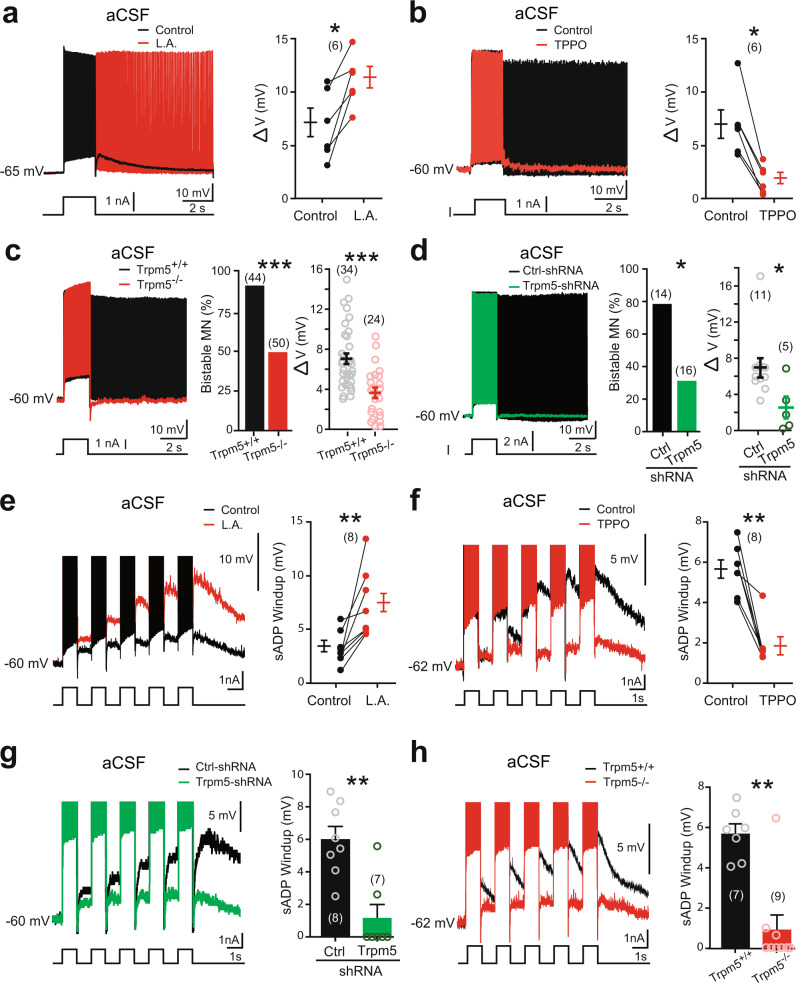Fig. 3. Bistability of motoneurons relies on Trpm5 channels.
a–h Left: superimposition of voltage traces recorded in motoneurons from wild-type mice in response to a single (a–d) or repetitive (1 Hz, e–h) depolarizing current pulses before (black) and after (red) bath-applying linoleic acid (L.A., 30 µM) (a, e, n = 5 mice), or triphenylphosphine oxide (TPPO, 30 µM, n = 7 mice) (b, f), or recorded in motoneurons from Trpm5−/− mice (c, h, n = 7 mice) or from eGFP+ motoneurons transduced either with the scramble (black, n = 5 mice) or with a Trpm5-targeting shRNA (green, n = 7 mice) (d, g), right: group mean quantification of the proportion of bistable motoneurons and/or ΔV (a–d) and of the sADP windup (e–h). Numbers in brackets indicate the numbers of recorded motoneurons. Each circle represents an individual motoneuron. *P < 0.05; **P < 0.01; ***P < 0.001 (two-tailed Wilcoxon paired test for a, b, e, f; two-tailed Fisher test for c, d (middle histograms); two-tailed Mann–Whitney test for c (right), d (right), g, h). Mean ± SEM. For detailed P values, see Source data. Source data are provided as a Source data file. See also Supplementary Fig. 5.

